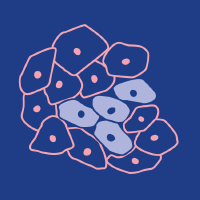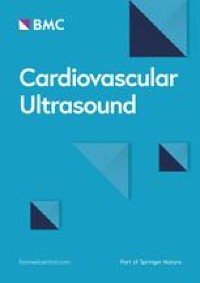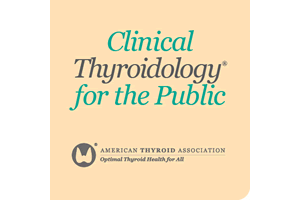
Facial Plast Surg
DOI: 10.1055/s-0040-1714667
Nasal septal perforation is a prevalent pathology, and its successful treatment remains a significant challenge. Surgical closure is complex, and there are a plethora of accounts of various surgical techniques within the existing literature. Much less has been written about perioperative considerations, which are arguably just as important. This article therefore focuses predominantly on the pre and postoperative management of patients with septal perforation. By drawing both on the existing literature and a series of 64 cases managed over several years by our department, this review aims to consolidate guidance on patient selection, timing of surgical intervention, postoperativ e splinting, use of antibiotics, and patient advice. It is clear that the size of the perforation (relative to the size of the septum), health of surrounding mucosa, and the systemic health and age of the patient remain essential considerations in patient selection and operative timing. Internal and external splints are widely used to good effect, but the role of nasal packing is less clear-cut. This article suggests packing, but with an increasing preference for NasoPore over BIPP (bismuth iodoform paraffin paste). Use of prophylactic antibiotics remains controversial. The complete closure rate for the series presented here was 81.3%, with an average perforation diameter of 15.1 mm (range: of 6–32 mm), and that for perforations with a diameter below 22 mm was 97.9%.
[...]
Thieme Medical Publishers, Inc. 333 Seventh Avenue, 1 8th Floor, New York, NY 10001, USA
Article in Thieme eJournals:
Table of contents | Abstract | Full text










